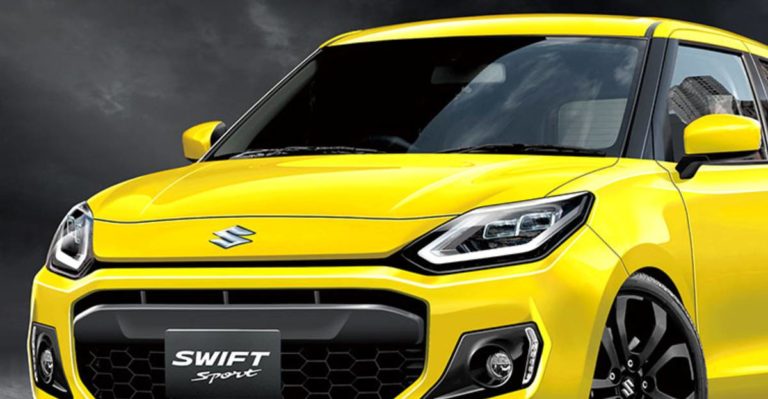Upcoming Maruti Swift: The Indian automobile landscape is witnessing an exciting phase with the upcoming launch of the new Maruti Swift, a name synonymous with reliability and style. The year 2023 saw the Swift topping the sales charts, with over 203,469 units sold, demonstrating its unwavering popularity. Now, as we anticipate the release of its facelift version, possibly by April, let’s delve into four key features that set it apart from its rivals, particularly the Hyundai Grand i10 Nios.
A Bigger and Better Touchscreen Experience
The current Swift model comes equipped with a 7-inch infotainment touchscreen, slightly smaller than the 8-inch unit in the Grand i10 Nios. However, the new Swift is expected to leapfrog its predecessor and even its competitor by featuring a 9-inch touchscreen, similar to those in the Baleno, Brezza, and Fronx. This upgrade is likely to be complemented with wireless smartphone connectivity, enhancing the user experience significantly.
Advanced Electronic Parking Brake
Taking cues from its fourth-generation counterpart already launched in Japan, the 2024 Swift is likely to incorporate an electronic parking brake, a feature not found in the Grand i10 Nios. This addition will not only enhance the car’s safety profile but also align it with more premium models, marking a significant upgrade from the traditional handbrake system.
Blind Spot Monitor: A Step Toward Enhanced Safety
During its testing phase in India, the 2024 Swift was spotted with an innovative feature – Blind Spot Monitor warnings on its ORVMs (Outside Rear-View Mirrors). This technology is an essential step towards heightened safety, alerting drivers to unseen vehicles in the adjacent lane and reducing the risk of side collisions.
360-Degree Camera: A Comprehensive View
Maruti Suzuki has been integrating 360-degree cameras in several of its models, and the new Swift is likely to follow suit. Both the current Swift and the Grand i10 Nios offer only a rearview camera. The addition of a 360-degree camera in the new Swift will significantly improve driver visibility and assistance, particularly in tight parking spots and crowded city driving conditions.




